Fennel is a flowering plant species in the carrot family, known scientifically as Foeniculum vulgare. It is a versatile herb that is widely used in culinary applications for its distinctive flavor and aroma. Fennel is native to the Mediterranean region but is now cultivated and used in various cuisines around the world.
Here are some key characteristics and uses of fennel:
- Appearance: Fennel has feathery green leaves and produces clusters of small yellow flowers. The plant can grow up to several feet in height and has a thick, bulbous base.
- Flavor and Aroma: Fennel has a sweet, anise-like flavor with a hint of licorice. Both the seeds and the bulb of the plant are used in cooking for their aromatic and flavorful properties.
- Culinary Uses:
- Fennel Bulb: The bulb is often used in salads and can be sliced thinly and added to raw dishes for a crunchy, slightly sweet flavor.
- Fennel Seeds: These small, oval seeds are commonly used as a spice in various dishes. They can be used whole or ground and are a key ingredient in many spice blends, such as Chinese five-spice powder and Indian spice mixtures.
- Fennel Fronds: The feathery leaves or fronds can be used as a garnish or to impart flavor to dishes, similar to fresh herbs.
- Medicinal Uses: Fennel has been used for its potential medicinal properties. It is believed to aid digestion, reduce bloating, and alleviate symptoms of conditions like irritable bowel syndrome (IBS). Fennel tea, made from crushed fennel seeds, is a popular remedy for digestive issues.
- Cultural Significance: Fennel has a long history of culinary and medicinal use, dating back to ancient civilizations like the Egyptians, Greeks, and Romans. It has also been used in traditional herbal medicine systems in various cultures.
- Culinary Pairings: Fennel pairs well with seafood, particularly fish, and is often used in Mediterranean cuisine. It can be roasted, sautéed, grilled, or eaten raw, depending on the dish.
- Storage: Fennel bulbs should be stored in the refrigerator and can be kept for several days. The seeds should be stored in an airtight container in a cool, dark place to maintain their flavor.
Fennel is a versatile and flavorful ingredient that can add a unique dimension to a wide range of dishes, both savory and sweet. Its aromatic qualities and distinct taste make it a valuable addition to many cuisines worldwide.

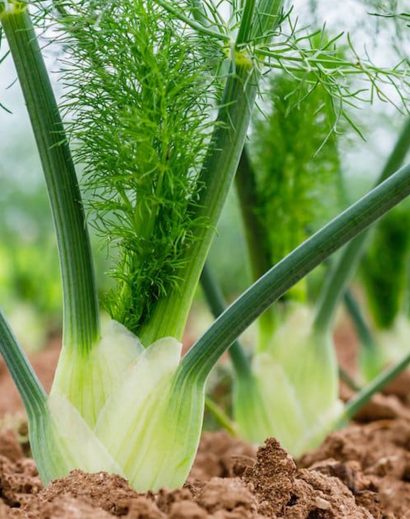
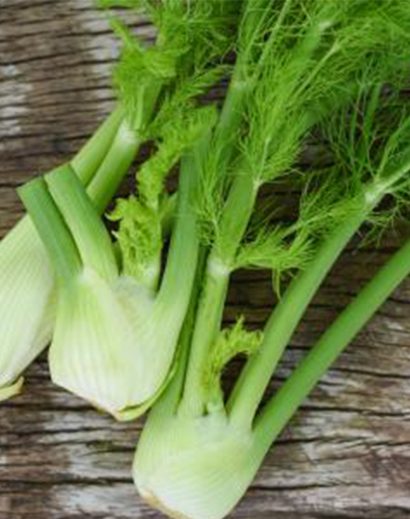
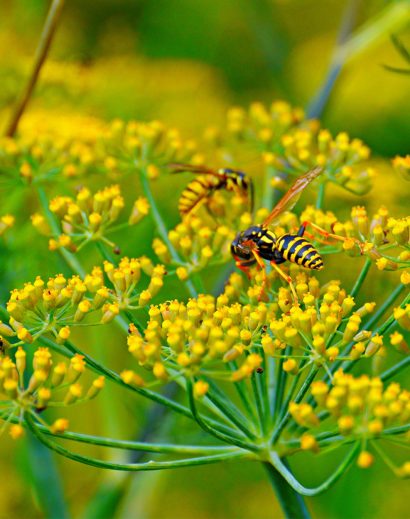
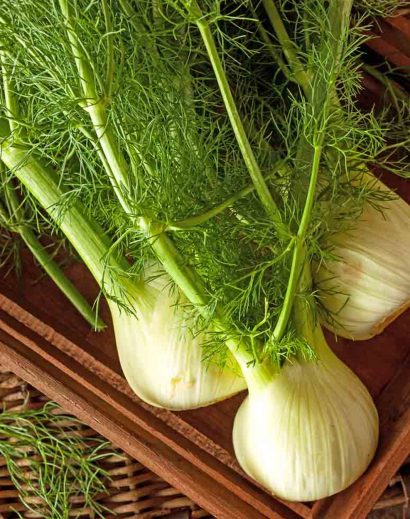
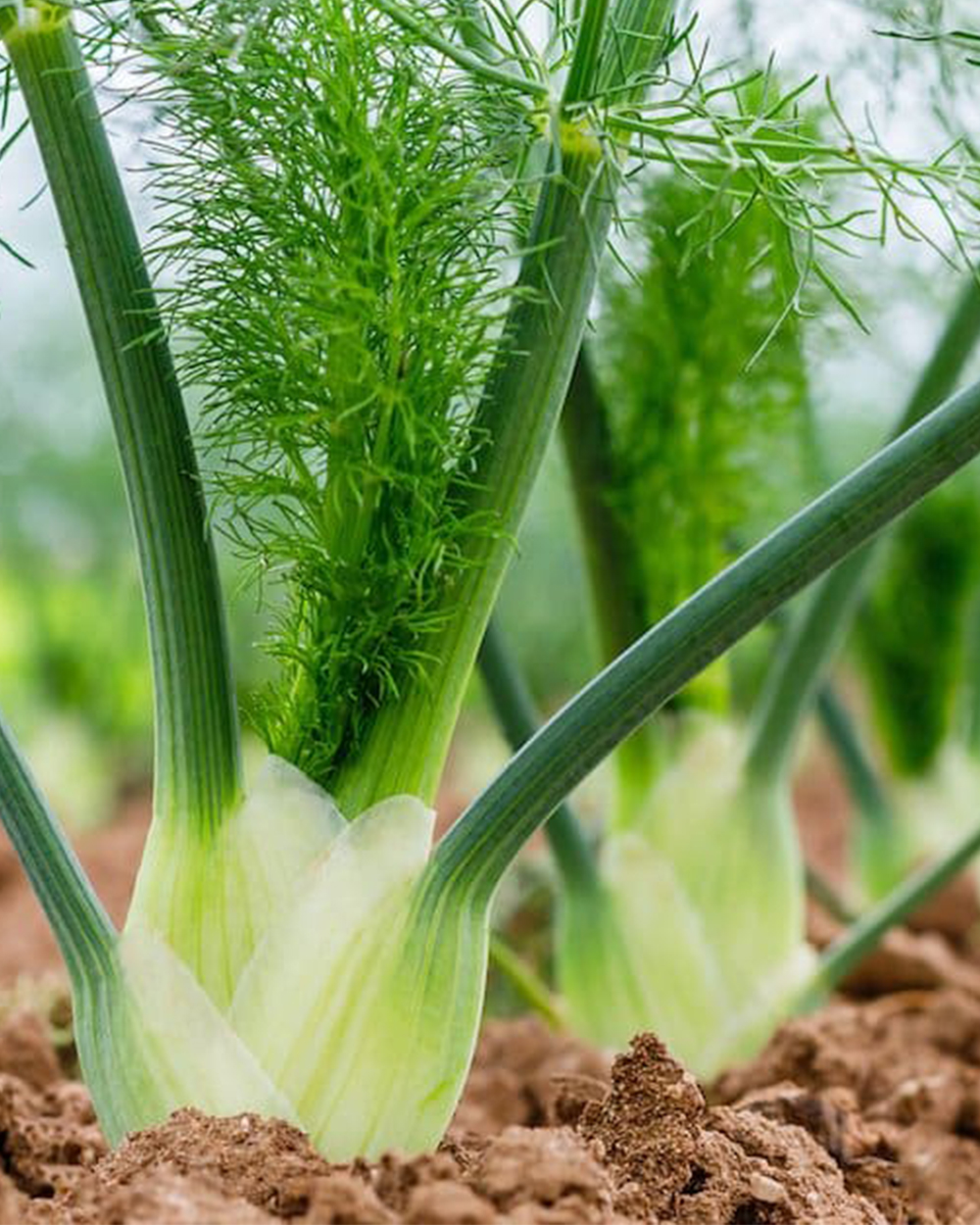
Reviews
There are no reviews yet.